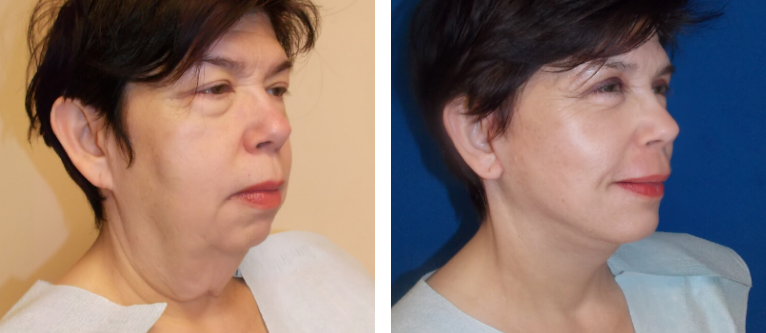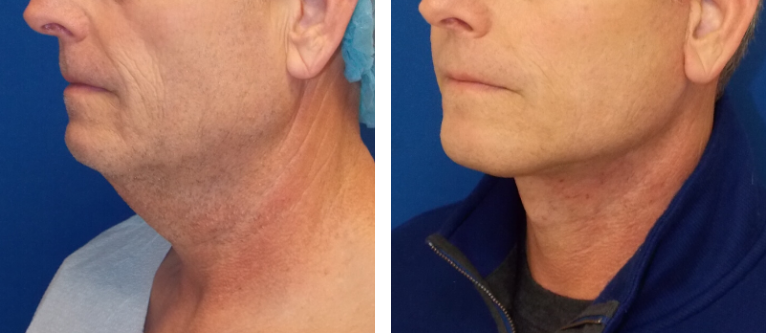Many women and men are looking to maintain their youthful appearance throughout their 50s, 60s and beyond. In these age groups, many start to get noticeable jowls and sagging of the neck – thanks gravity! Cast member of the Real Housewives of New York, Sonja Morgan, recently underwent a lower face and neck lift and achieved incredible results. She explained how she wanted to “get rid of the wrinkling on her neck” and “needed a pick me up”. A lower face and neck lift, also known as a mini lift, can be performed under general anesthesia as well as local anesthesia. New methods of performing facelifts has allowed many to be less fearful and openly embrace the idea of getting a facelift.
Sonja Morgan : Before & After Photos

Facelift Under Local Anesthesia
The use of general anesthesia can cause people to pause and probably scratch the idea of getting a facelift. However, there is another option for patients afraid of going completely under. Those looking for an alternative have the option to receive a mini facelift through local anesthesia. Since you are not sedated or asleep, you are able to breathe on your own. ProNox (laughing gas) is also available to use for pain ease and comfort during the surgery.
So Who is a Good Candidate?
Most patients who are candidates for a facelift under general anesthesia are also eligible to have a facelift under local anesthesia. Local anesthesia is usually the safer option and requires less recovery and downtime.
What Types of Lifts Can Be Accomplished Through Local Anesthesia?
- Lower face and neck lift (mini facelift)
- Upper eyelid lift
- Brow lift
- Neck contouring
A mini facelift can improve the appearance of the face by tightening the sagging facial skin to give a more youthful and rejuvenated look.
Does Facelift Surgery Hurt?
Most people jump to the conclusion that a facelift procedure is painful because it requires general anesthesia. While it may seem like it’s a painful operation, a lot of patients are surprised to find out that there is only little discomfort.
What Can I Expect After a Facelift?
Bruising and swelling is common and resolves within 2-3 weeks. Bandages are removed the following day and we will place you in a face and neck garment that should be worn for at least 7 days. The sutures are usually absorbable and most people are able to return to work in 2 to 4 weeks.








